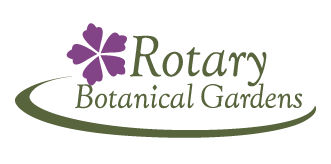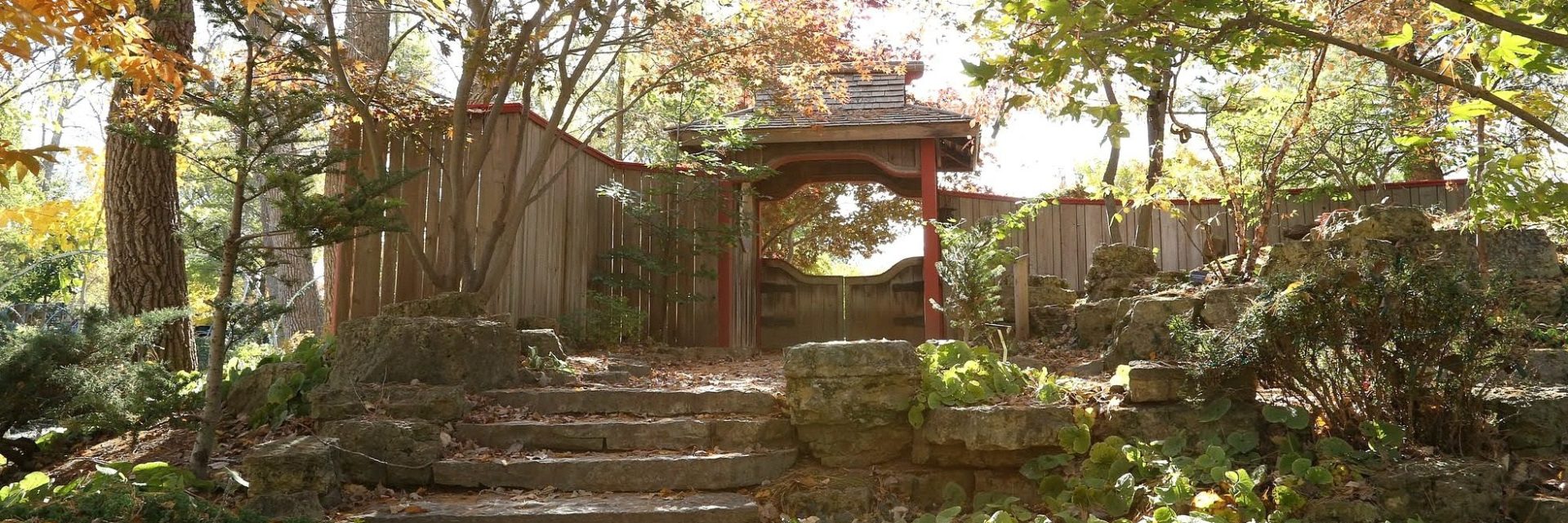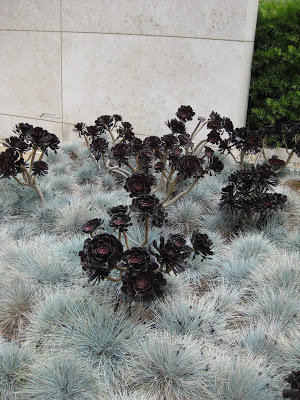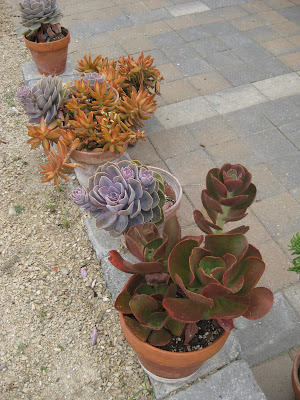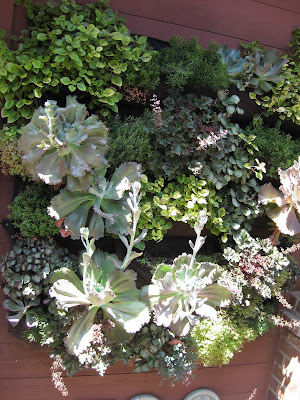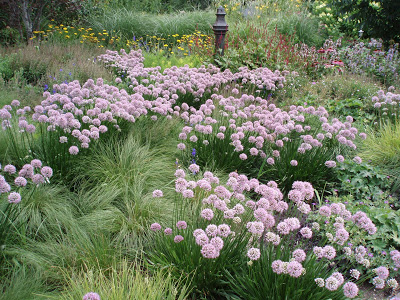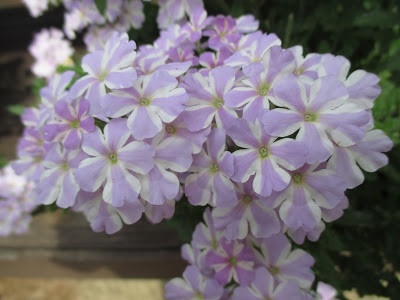The purple cow above was seen at the Purple Cow Organics (www.purplecoworganics.com/) booth at the 2016 Garden Center Symposium just west of Milwaukee, WI. I’ve attended this event for many years and this is the third year that I’m a presenter at the conference. My presentations always show ample photos of the gardens to entice even more visitors. I shamelessly promote the gardens with every presentation I give! I saw many people I know and reconnected with many of our vendors for the gardens and our plant sales. Networking and meeting new people is always a fun part of events like this. I sat with a young lady and her mother at lunch. She (Marissa) is a student at UW-River Falls in horticulture and won a scholarship that was presented to her today at the symposium. It was nice to see the next generation excited about plants too! The symposium ends tomorrow and my presentation on New Plants will end the day. Below are some additional shots from the trade show area.
